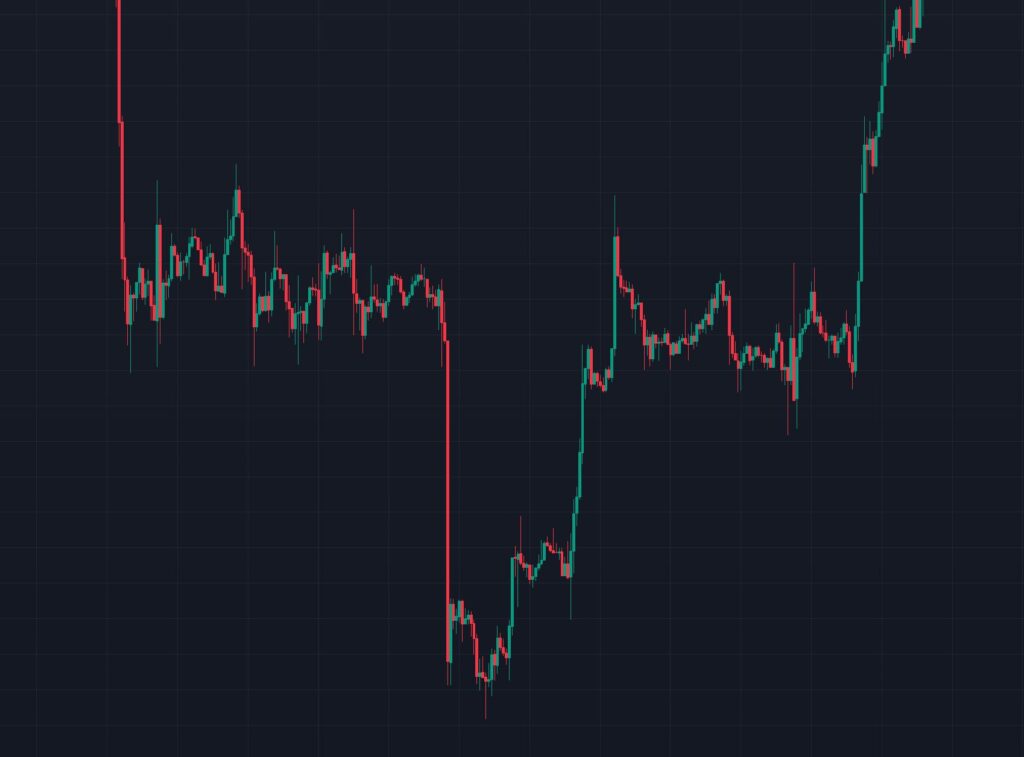The Inverse Head and Shoulders is a powerful chart pattern used in technical analysis to signal a potential bullish reversal after a downtrend. This pattern indicates that selling pressure is weakening, and buyers are gaining control, often leading to a price breakout. In this article, we’ll explore what the Inverse Head and Shoulders is, how it works, how to read it, and how traders can use it to make informed trading decisions.
What is the Inverse Head and Shoulders Pattern?
The Inverse Head and Shoulders, also known as the “Head and Shoulders Bottom,” is a reversal pattern that forms after a downtrend. It signals that the price is likely to reverse from a bearish trend to a bullish one. The pattern resembles the shape of a person’s head and shoulders, but upside down, and consists of three key components:
- Left Shoulder: A price decline followed by a recovery to a resistance level (the neckline).
- Head: A deeper price decline below the left shoulder, followed by another recovery to the neckline.
- Right Shoulder: A smaller price decline, roughly mirroring the left shoulder, followed by a recovery to the neckline.
The neckline is a horizontal line connecting the highs of the left shoulder, head, and right shoulder. A breakout above this neckline confirms the pattern and signals a potential bullish move.

How Does the Inverse Head and Shoulders Work?
The Inverse Head and Shoulders reflects a shift in market sentiment from bearish to bullish:
- Left Shoulder: Sellers push the price down, but buyers step in, creating a temporary bounce to the neckline. However, sellers regain control, pushing the price lower again.
- Head: Sellers drive the price to a lower low, but this is often the point of maximum selling exhaustion. Buyers step in more aggressively, pushing the price back to the neckline.
- Right Shoulder: Sellers attempt another push down, but the decline is weaker, indicating diminishing bearish momentum. Buyers dominate, driving the price toward the neckline again.
- Breakout: When the price breaks above the neckline with strong volume, it confirms the reversal, signaling that buyers have taken control and a bullish trend is likely to follow.
The pattern works because it captures the transition from seller dominance to buyer dominance, often marking the end of a downtrend.
How to Read the Inverse Head and Shoulders Pattern?
To identify and read the Inverse Head and Shoulders pattern, follow these steps:
- Spot the Downtrend: The pattern only forms after a clear downtrend, as it signals a reversal.
- Identify the Components:
- Look for three troughs: two smaller troughs (left and right shoulders) and one deeper trough (head).
- The left shoulder forms when the price drops and rebounds to a resistance level (neckline).
- The head forms with a deeper drop and another rebound to the neckline.
- The right shoulder forms with a shallower drop and a final rebound to the neckline.
- Draw the Neckline: Connect the highs of the left shoulder, head, and right shoulder with a horizontal line. This is the key resistance level.
- Confirm the Breakout: The pattern is confirmed when the price breaks above the neckline, preferably with high trading volume. This signals the start of a bullish trend.
- Measure the Price Target: To estimate the potential price move, measure the vertical distance from the head’s lowest point to the neckline. Add this distance to the neckline breakout point to project the target price.
How to Use the Inverse Head and Shoulders for Trading?
Traders can use the Inverse Head and Shoulders pattern to plan entries, exits, and risk management. Here’s a step-by-step guide:
- Entry Point:
- Conservative Entry: Wait for the price to break above the neckline and close above it, ideally with strong volume to confirm the breakout.
- Aggressive Entry: Enter during the formation of the right shoulder if you anticipate a breakout, but this carries higher risk.
- Use additional indicators like moving averages, RSI, or MACD to confirm bullish momentum.
- Set a Stop-Loss:
- Place a stop-loss below the right shoulder or the head to protect against false breakouts. For example, if the right shoulder’s low is $55, set the stop-loss slightly below, such as $54.
- Adjust the stop-loss based on your risk tolerance and the asset’s volatility.
- Target Profit:
- Use the measured price target (distance from head to neckline added to the breakout point) as a guide for taking profits.
- Alternatively, trail your stop-loss or use Fibonacci extensions to capture larger moves in a strong trend.
- Monitor Volume:
- A breakout with high volume increases the likelihood of a successful trade. Weak volume may indicate a false breakout.
- Watch for volume spikes during the right shoulder or breakout to gauge buyer strength.
- Risk Management:
- Risk only a small percentage of your capital (e.g., 1-2%) per trade.
- Ensure the risk-reward ratio is favorable, ideally 1:2 or higher, where the potential reward is at least twice the risk.
Tips for Trading the Inverse Head and Shoulders
- Combine with Other Indicators: Use tools like support/resistance levels, moving averages, or momentum indicators to confirm the pattern and avoid false signals.
- Watch for False Breakouts: A breakout may fail if volume is low or if the price quickly falls back below the neckline. Be cautious and use stop-losses.
- Context Matters: The pattern is more reliable in a clear downtrend and when aligned with broader market trends or fundamental catalysts.
- Practice Patience: Wait for the pattern to fully form and confirm before entering a trade to avoid premature moves.
Limitations of the Inverse Head and Shoulders
While the Inverse Head and Shoulders is a reliable pattern, it’s not foolproof:
- False Breakouts: The price may break the neckline but reverse, especially in choppy markets.
- Subjectivity: Identifying the pattern can be subjective, as not all patterns are perfectly formed.
- Market Conditions: The pattern may fail in highly volatile or low-liquidity markets.
- Timeframe Dependency: The pattern’s reliability varies across timeframes. It’s often more effective on daily or weekly charts than on shorter intraday charts.
Conclusion
The Inverse Head and Shoulders is a valuable tool for traders looking to capitalize on bullish reversals after a downtrend. By understanding its structure—left shoulder, head, right shoulder, and neckline—traders can identify high-probability setups, time their entries, and manage risk effectively. While the pattern is not infallible, combining it with other technical indicators, proper risk management, and patience can enhance its effectiveness.
Happy Trading!

